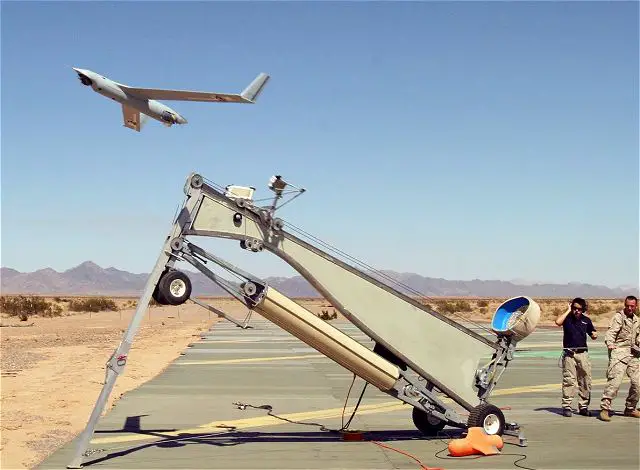Breaking news
United States will donate Boeing ScanEagle UAV to czech troops deployed in Afghanistan.
| 2015
|
|
|||
|
Defense & Security News - Czech Republic
|
|||
|
|
|||
| United States will donate Boeing ScanEagle UAV to czech troops deployed in Afghanistan. | |||
|
The United States will donate the ScanEagle unmanned aerial vehicle (UAV) system to the Czech military to help protect the U.S. Bagram base in Afghanistan within the Foreign Military Funding program. The state-of-the-art drones, manufactured by Boeing, will fulfill a number of tasks in the Czech hands in Afghanistan.
|
|||
|
|
|||
 ScanEagle unmanned aerial vehicle (UAV) system |
|||
|
|
|||
|
One set is comprised of 10 aircraft. It is a reconnaissance device without armament to conduct optoelectronic reconnaissance,” Czech general staff spokeswoman Jana Ružicková is quoted as saying.
The soldiers will send them to the area before a patrol leaves for it to verify whether complications can be expected, it adds. The UAVs have many times uncovered terrorists who were preparing improvised roadside bombs in the area, LN writes. The Czech unit will be taking the ScanEagle along with it. Before the soldiers stop and get off their armored vehicles, they can search through the whole area, it adds. “The troops are being trained right to control the system in the US. In all, there will be 16 of them. They will be members of the 102nd reconnaissance battalion in Prostejov, south Moravia,” Ružicková said. Boeing and The Insitu Group have developed and built a low-cost, long-endurance autonomous unmanned vehicle, called ScanEagle. ScanEagle is based on Insitu's Seascan miniature robotic aircraft and draws on Boeing's systems integration, communications and payload technologies. Boeing foresees customers using ScanEagle vehicles individually or in groups to loiter over trouble spots and provide intelligence, surveillance and reconnaissance (ISR) data or communications relay. As standard payload ScanEagle carries either an inertially stabilized electro-optical or an infrared camera. The gimbaled camera allows the operator to easily track both stationary and moving targets, providing real-time intelligence. Capable of flying above 16,000 feet, the UAV has also demonstrated the ability to provide persistent low-altitude reconnaissance. |
|||
|
|


























